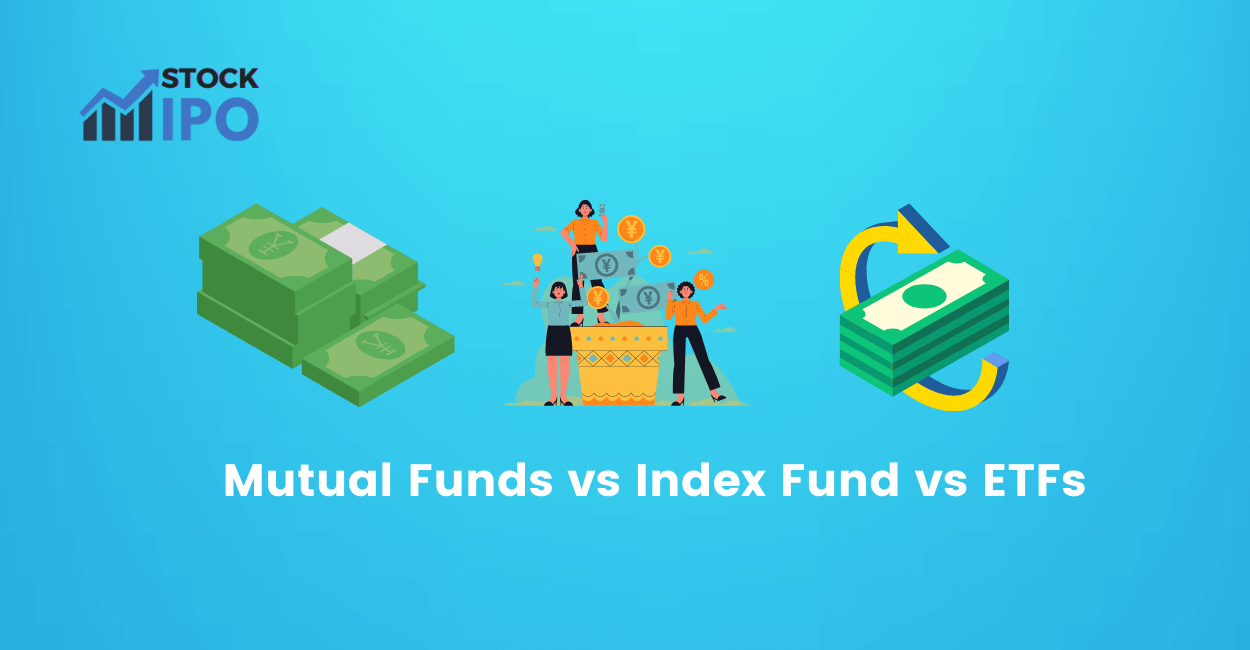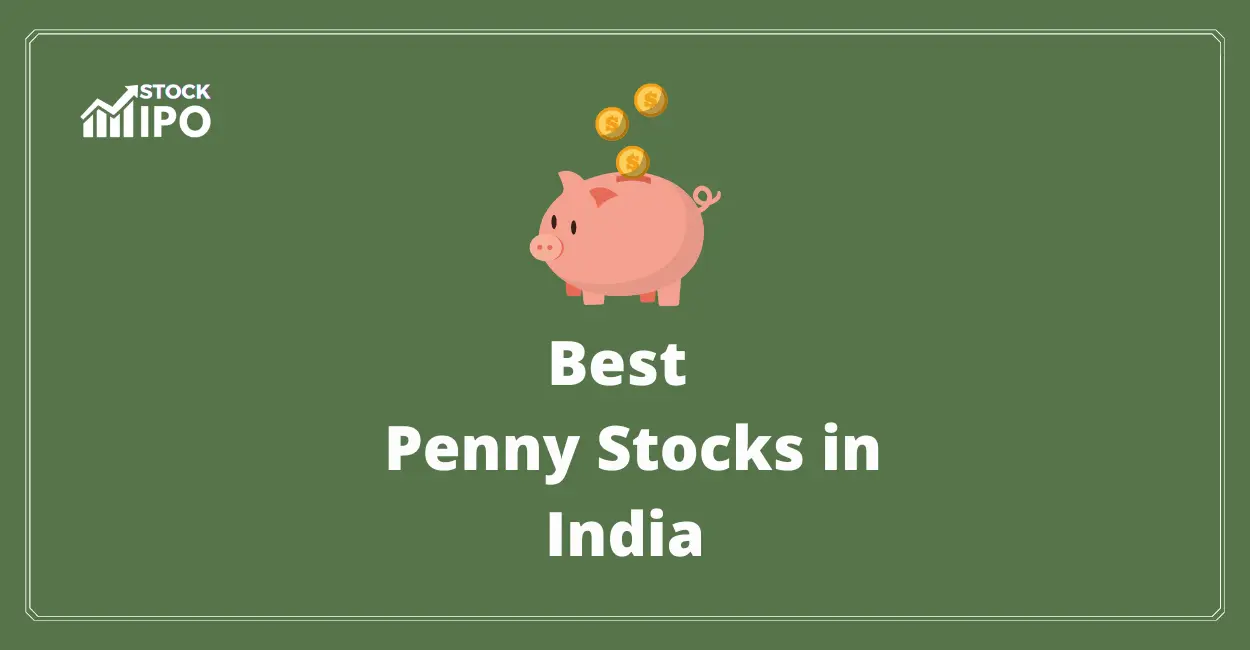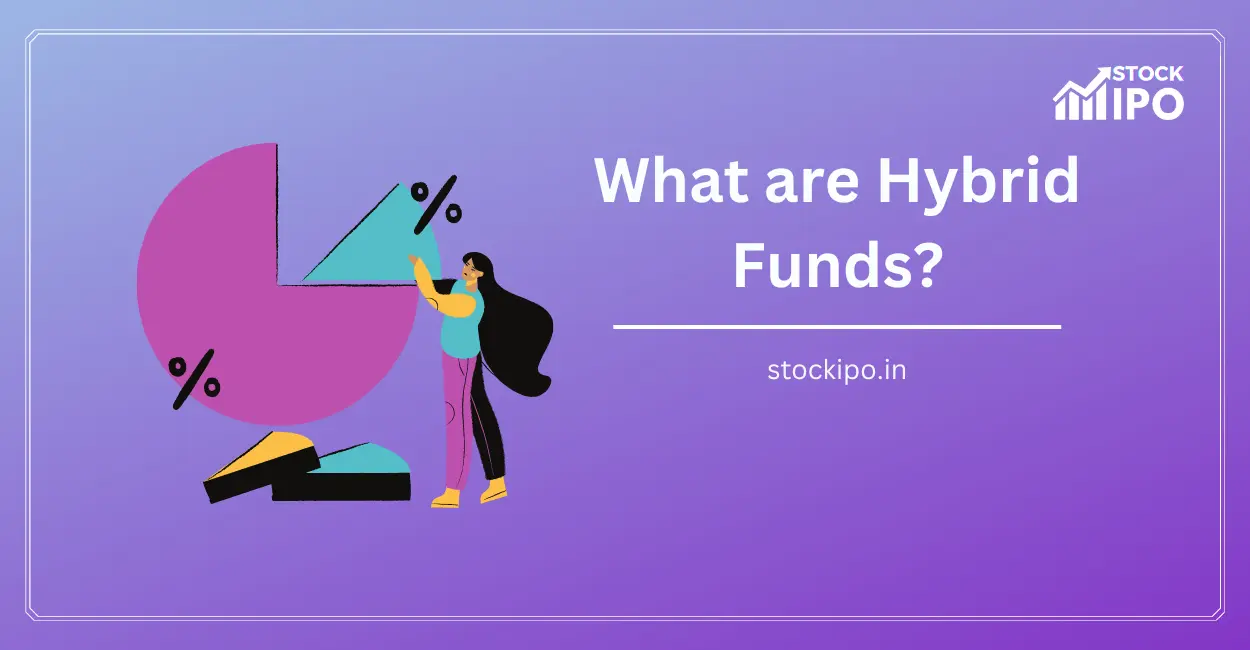For Indian investors, equities have been gaining popularity as an investment avenue due to lack of attractive returns from fixed-income investments such as fixed deposits and the rest. So in the hunt for increased returns, investors have been recently flocking towards stocks and mutual funds.
But there are other avenues such as index funds and exchange-traded funds. Investors often get confused regarding these terminologies and this can hamper their decisions regarding where to invest. So in this article, we’ll understand what mutual funds, index funds, and exchange traded funds are? And what are the differences between the three.
What are Mutual funds?
A mutual fund is a pool of money managed by a professional fund manager. It is a trust that collects money from a number of investors who share a common investment objective and invests the same in equities, bonds, money market instruments and/or other securities. And the income / gains generated from this collective investment is distributed proportionately amongst the investors after deducting applicable expenses and levies, by calculating a scheme’s “Net Asset Value” or NAV. Simply put, the money pooled in by a large number of investors is what makes up a Mutual Fund.
What are Index funds?
Index Funds are passive mutual funds that mimic popular market indices. The Fund Manager doesn’t play an active role in selecting industries and stocks to build the fund’s portfolio but simply invests in all the stocks that make up the index to be followed. The weightage of the stocks in the fund closely matches the weightage of each of the stock in the index. This is passive investment i.e. the fund manager simply copies the Index while building the fund’s portfolio and tries to maintain the portfolio in sync with its index at all times.
If the weight of a stock within the index changes, the fund manager must buy or sell units of the stock to have its weight in the portfolio aligned to that of the index. While passive management is easier to follow, the fund doesn’t always produce the same returns as that of the index due to tracking error.
What are Exchange Traded Funds (ETFs)?
Think of ETFs as buckets that hold a collection of securities, like stocks and bonds. Because ETFs are made up of these multiple assets, they provide investors instant diversification. When an investor purchases a share of an ETF, their money is spread across different investments. This differs from stocks where you buy shares of just a single company.
ETFs typically mimic a market index like the S&P 500. Since ETF performance is usually based on an index — meaning they follow the ups and downs of said index — most are passively managed investments and thus likely have lower fees than mutual funds. Mutual funds, on the other hand, want to beat the market’s performance and are thus managed by a fund manager, who’s actively choosing the investments.
What are the differences between Mutual Funds vs Index Funds vs ETFs?
Index funds are a type of mutual fund. Mutual funds and ETFs both allow you to buy a diversified mix of investments, but they’re structured differently.
Mutual fund shares are usually priced once a day based on the value of their underlying assets minus liabilities. Investors buy and sell without knowing precisely what the share price will be, since that’s calculated after they place their orders with the mutual fund company. ETFs, or exchange-traded funds, by contrast, trade throughout the day on stock exchanges and can be worth more or less than the underlying investments, depending on demand.
Most mutual funds are actively managed. That means the underlying investments may frequently change as the fund manager tries to “beat the market” and get a better return than a market index or benchmark such as the Standard & Poor’s 500. All that trading increases a fund’s costs and usually doesn’t result in a higher return.
By contrast, index mutual funds just try to match the market benchmark. This is known as passive management. Lesser trading leads to lower costs and typically better returns.
Most ETFs are passively managed and have even lower costs than typical index mutual funds. ETFs are the investment of choice for robo-advisors, which offer automated investment management, but they also can be an inexpensive way for individuals to invest. Also, ETFs don’t have the investment minimums that can sometimes be a barrier to start investment with mutual funds
Conclusion
Investing without having proper knowledge can be disastrous. Since the differences between the three investment avenues have been discussed, investors can now make their decisions regarding where to invest. Given the increasing popularity of these investment avenues, known these subtle distinctions becomes important for investors, without which they may invest their hard-earned money in wrong places. To avoid this situation, you must educate yourself.







